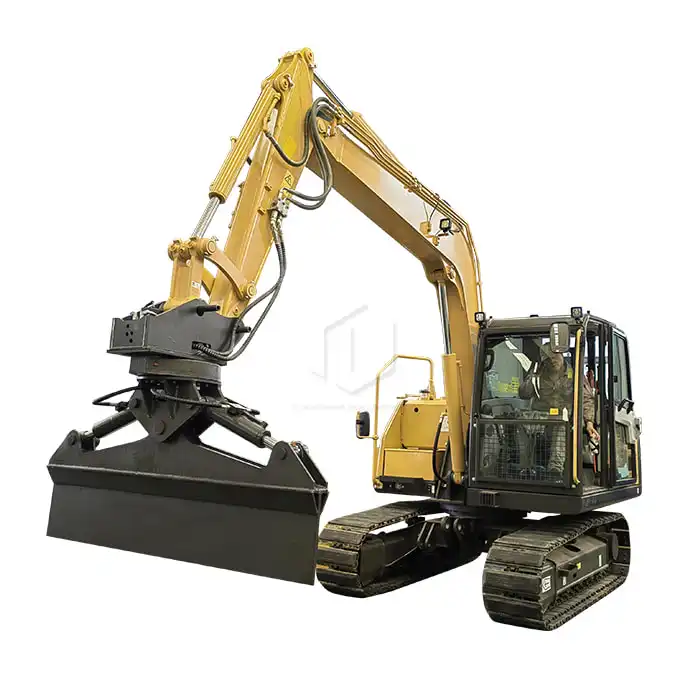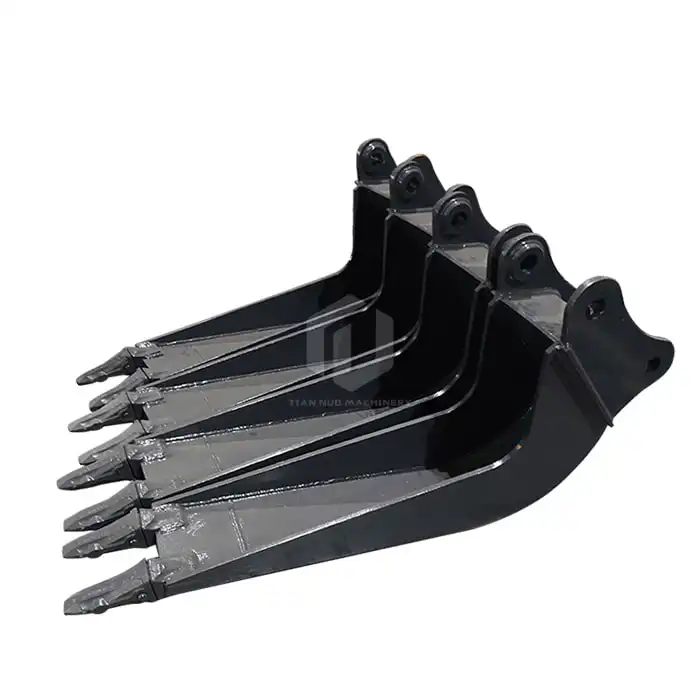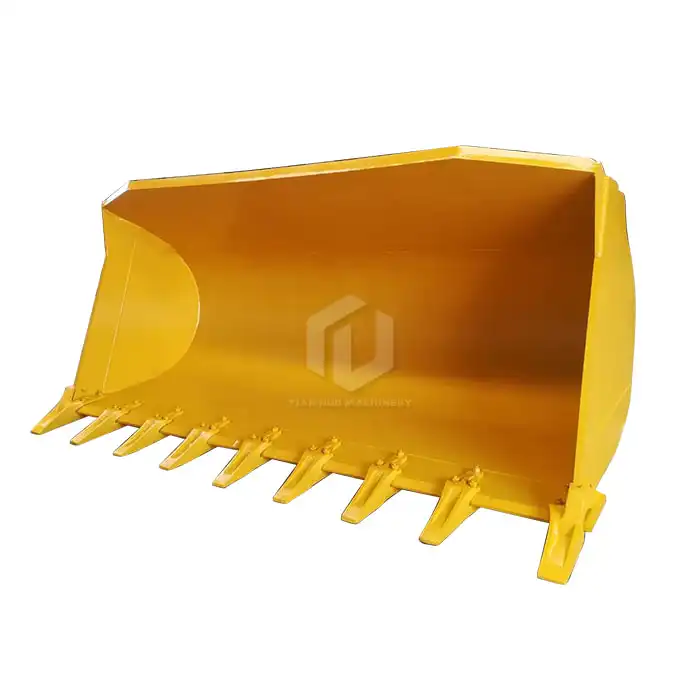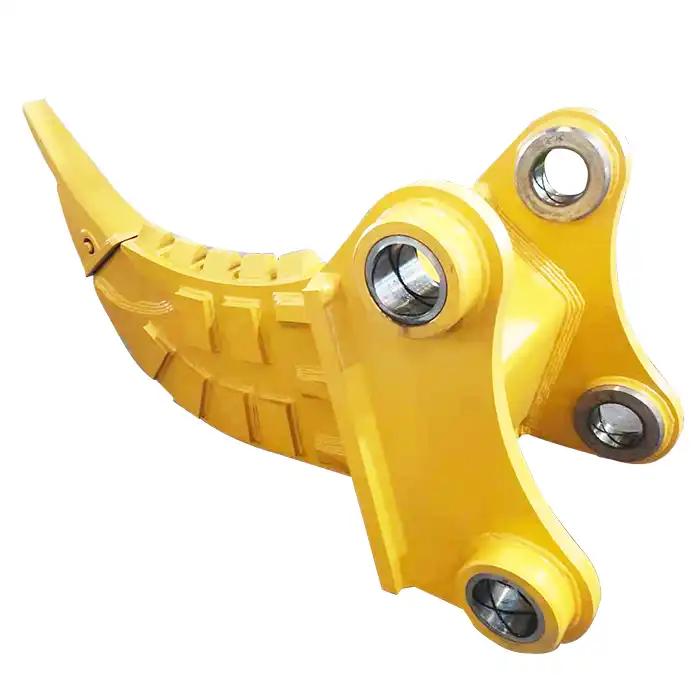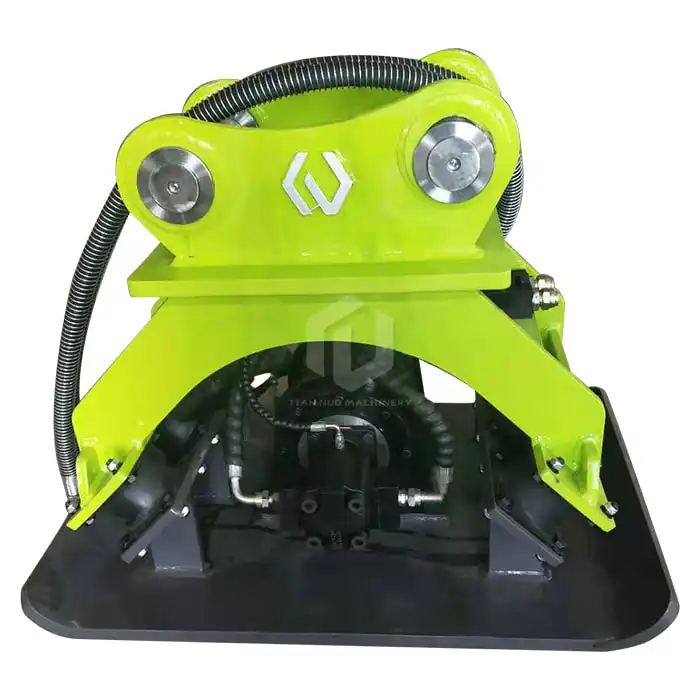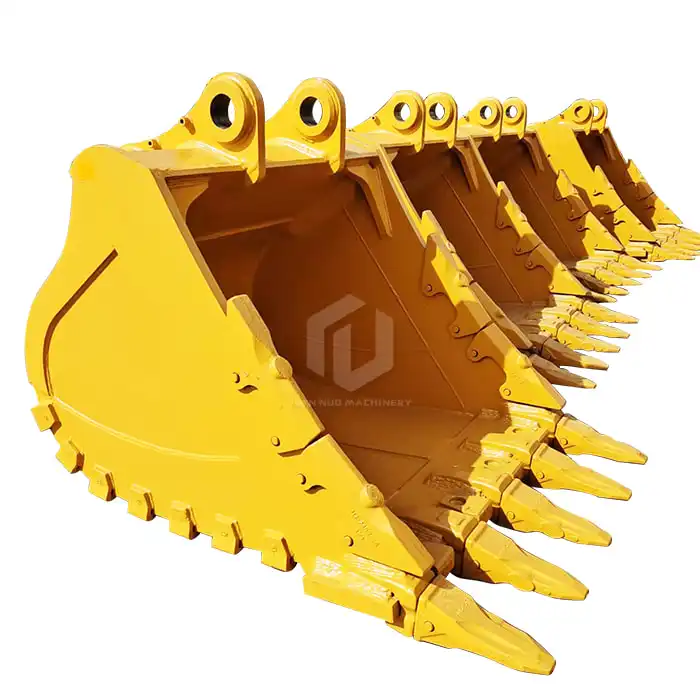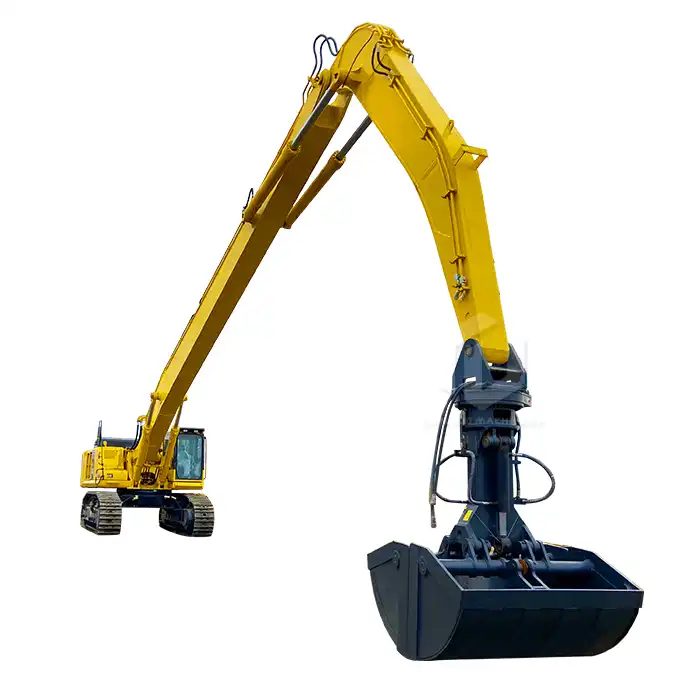How Does the Extension Arm of an Excavator Work?
Excavators are versatile and powerful machines widely used in construction, mining, and various other industries. One of the key components that contribute to their versatility is the excavator extension arm. This innovative attachment significantly enhances the reach and capability of standard excavators, allowing them to perform tasks in areas that would otherwise be inaccessible. In this comprehensive guide, we'll explore the inner workings of excavator extension arms, their functions, and how they improve overall excavation efficiency.

What is the function of an excavator extension arm?
An excavator extension arm, also known as a long reach arm or telescopic arm, is a specialized attachment designed to extend the reach of an excavator's standard arm. This crucial component serves several important functions in various excavation and construction projects:
1. Increased Reach: The primary function of an excavator extension arm is to significantly increase the machine's reach. This allows operators to access areas that would be impossible or unsafe to reach with a standard arm. For instance, it enables excavation across wide trenches, over obstacles, or at greater depths without repositioning the machine.
2. Enhanced Versatility: Extension arms expand the range of tasks an excavator can perform. They're particularly useful in applications such as river dredging, slope reformation, demolition of tall structures, and working on steep embankments. This versatility makes excavators equipped with extension arms valuable assets on diverse job sites.
3. Improved Safety: By extending the excavator's reach, these arms allow operators to maintain a safe distance from potentially hazardous areas. This is especially crucial in demolition work or when working on unstable terrain, where keeping the machine at a safe distance is paramount.
4. Cost-Efficiency: Extension arms can eliminate the need for specialized equipment in certain situations. Instead of renting or purchasing different machines for various tasks, a single excavator with an extension arm can handle a wider range of jobs, potentially reducing equipment costs and improving overall project efficiency.
5. Precision in Difficult Areas: The extended reach allows for more precise operations in hard-to-reach areas. This precision is particularly valuable in projects requiring careful excavation around existing structures or utilities.
Understanding these functions is crucial for project managers and operators to fully utilize the capabilities of excavator extension arms and optimize their use in various applications.
How does the hydraulic system control the extension arm?
The hydraulic system is the heart of an excavator's operation, and it plays a crucial role in controlling the extension arm. This sophisticated system allows for precise and powerful movements, enabling the excavator to perform a wide range of tasks efficiently. Here's a detailed look at how the hydraulic system controls the extension arm:
1. Hydraulic Cylinders: The extension arm is primarily controlled by hydraulic cylinders. These cylinders consist of a piston moving inside a tube, powered by pressurized hydraulic fluid. As the fluid is pumped into one side of the cylinder, it pushes the piston, extending or retracting the arm.
2. Hydraulic Pump: The system begins with a hydraulic pump, usually driven by the excavator's engine. This pump pressurizes the hydraulic fluid, creating the force necessary to move the cylinders.
3. Control Valves: Sophisticated control valves direct the pressurized fluid to the appropriate cylinders. These valves are typically operated by the excavator's control levers or joysticks in the cab.
4. Fluid Reservoirs and Lines: A network of high-pressure hoses and pipes carries the hydraulic fluid throughout the system. The fluid is stored in a reservoir when not in use and circulated back through the system during operation.
5. Synchronized Movement: In extension arms, multiple cylinders often work in tandem to provide smooth, coordinated movement. This synchronization is crucial for maintaining stability and precision during operation.
6. Pressure Control: The system includes pressure relief valves to prevent overpressurization, protecting the hydraulic components from damage and ensuring safe operation.
7. Feedback Systems: Modern excavators often incorporate sensors and electronic control systems that provide feedback on arm position and pressure, allowing for more precise control and automation of certain functions.
8. Telescopic Mechanisms: In telescopic extension arms, the hydraulic system controls not only the arm's movement but also its extension and retraction. This is typically achieved through a series of nested sections that slide in and out, each controlled by its own set of hydraulic cylinders.
The complexity of this hydraulic system allows for remarkable control and power in operating the extension arm. Operators can make minute adjustments or powerful movements with equal ease, adapting to the specific requirements of each task. This level of control is essential for the precise and efficient operation of excavator extension arms in various challenging environments.
How does the extension arm improve excavation efficiency?
The implementation of extension arms on excavators has revolutionized the efficiency of excavation projects across various industries. These specialized attachments offer numerous advantages that significantly enhance productivity and versatility on job sites. Let's explore how extension arms contribute to improved excavation efficiency:
1. Extended Reach and Depth: The most obvious benefit of an extension arm is its ability to reach farther and dig deeper than standard excavator arms. This extended reach allows operators to cover a larger area without repositioning the machine, saving valuable time and reducing fuel consumption. In projects like river dredging or working on steep slopes, this extended reach is invaluable.
2. Reduced Machine Movement: With an extension arm, the excavator can remain stationary while accessing a wider work area. This reduction in machine movement not only saves time but also minimizes ground disturbance and fuel usage, contributing to both efficiency and environmental considerations.
3. Versatility in Applications: Extension arms enable excavators to perform a diverse range of tasks that would typically require specialized equipment. From demolition of tall structures to precise excavation around utilities, the versatility of extension arms reduces the need for multiple machines on a job site, streamlining operations and reducing costs.
4. Enhanced Safety: By allowing operators to maintain a safe distance from potentially hazardous areas while still performing necessary tasks, extension arms contribute to improved workplace safety. This is particularly crucial in applications like demolition or working on unstable terrain.
5. Precision in Difficult Terrains: Extension arms provide better control and precision in challenging environments. Whether working on slopes, over water bodies, or in confined spaces, operators can maintain accuracy in their excavation work, reducing the likelihood of errors and rework.
6. Improved Material Handling: The extended reach allows for more efficient loading of trucks and movement of materials across the job site. Excavators can load trucks from a single position, reducing cycle times and increasing overall productivity.
7. Adaptability to Site Conditions: Extension arms allow excavators to adapt quickly to varying site conditions. Whether dealing with unexpected obstacles or changes in terrain, the extended reach provides flexibility in approach without the need for significant repositioning or equipment changes.
8. Cost-Effectiveness: While the initial investment in an extension arm may be significant, the long-term benefits in terms of increased productivity, reduced need for additional equipment, and ability to take on a wider range of projects often result in substantial cost savings over time.
9. Reduced Environmental Impact: By minimizing the need for multiple machines and reducing overall machine movement, extension arms can contribute to a lower environmental footprint on job sites, aligning with increasing demands for more sustainable construction practices.
10. Enhanced Project Planning: The capabilities of extension arms allow for more flexible and efficient project planning. Managers can optimize equipment use and workforce allocation, knowing that a single machine can handle a broader range of tasks effectively.
In conclusion, the integration of extension arms into excavator operations represents a significant advancement in construction and earthmoving technology. By expanding the capabilities of standard excavators, these attachments not only improve efficiency and productivity but also contribute to safer, more cost-effective, and environmentally conscious project execution.
China Excavator Extension Arm Suppliers
At Tiannuo Machinery, we offer a range of high-quality excavator extension arms designed to meet various operational needs:
- 20-25 ton excavator: .
- 25-34 ton excavator.
- 35-40 ton excavator.
- 40-50 ton excavator.
For detailed information or inquiries, please reach out to our management team at arm@stnd-machinery.com, or connect with our dedicated team members at rich@stnd-machinery.com and tn@stnd-machinery.com. At Tiannuo Machinery, we are committed to delivering excellence in railway maintenance solutions.
References:
- Haddock, K. (2018). "Giant Earthmovers: An Illustrated History." Motorbooks.
- Finnemore, E. J., & Franzini, J. B. (2002). "Fluid Mechanics with Engineering Applications." McGraw-Hill.
- Peurifoy, R. L., Schexnayder, C. J., Shapira, A., & Schmitt, R. L. (2018). "Construction Planning, Equipment, and Methods." McGraw-Hill Education.

